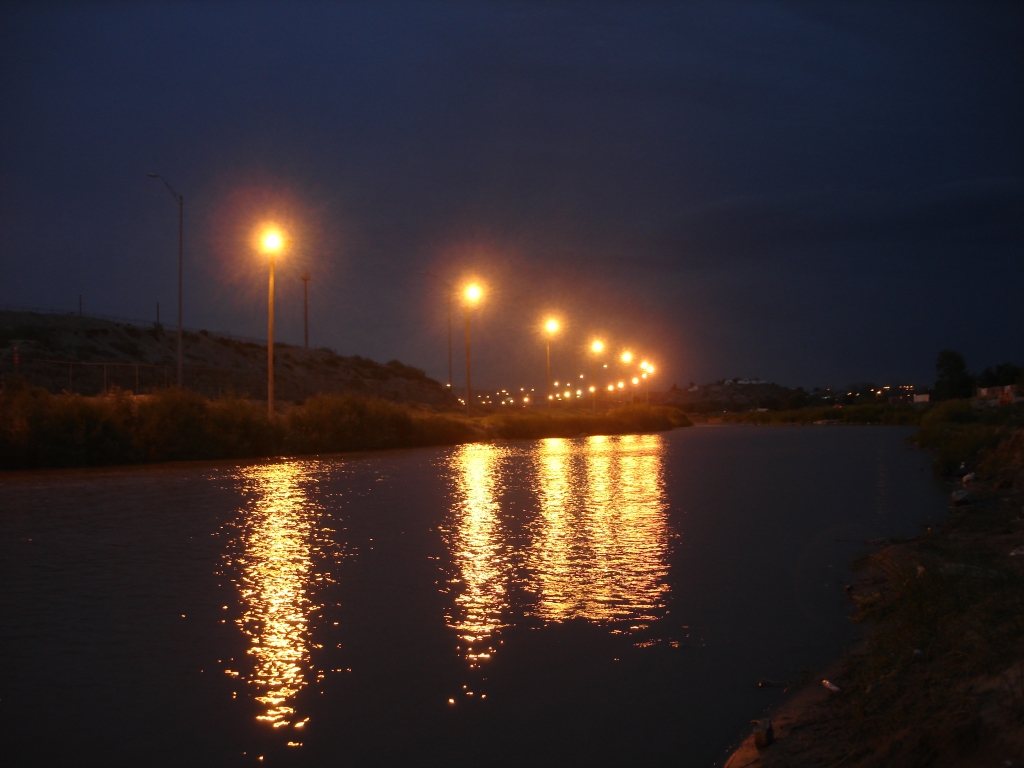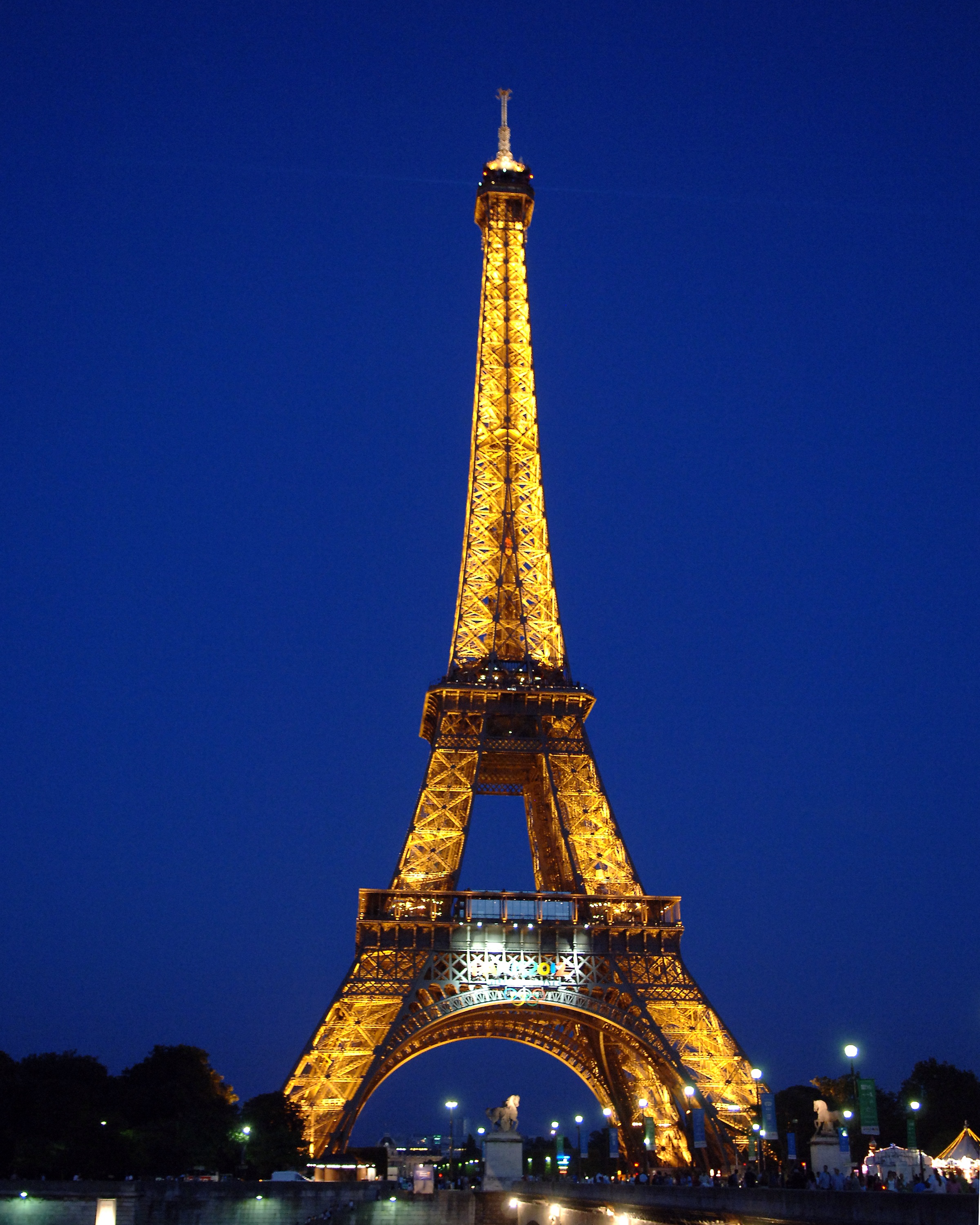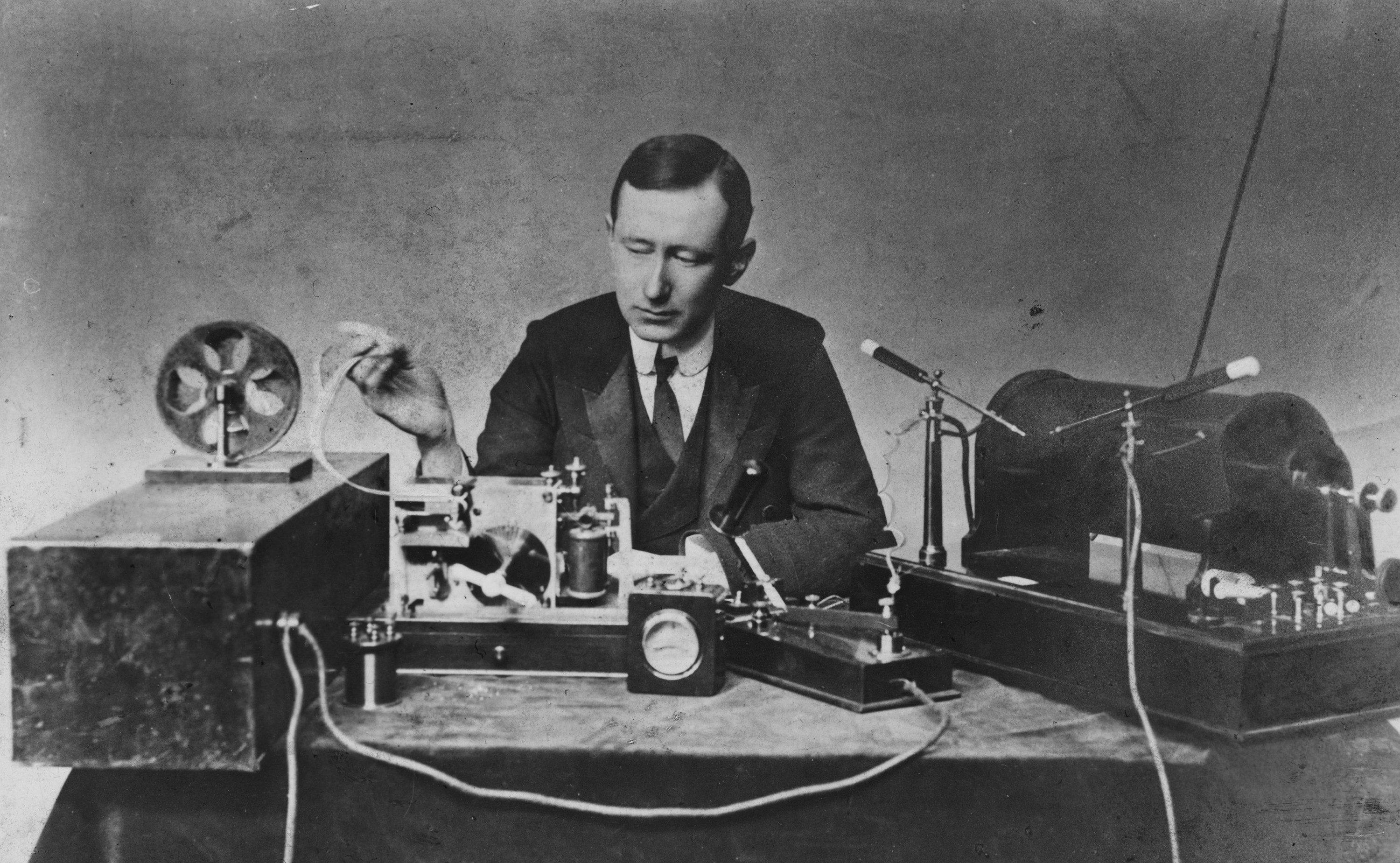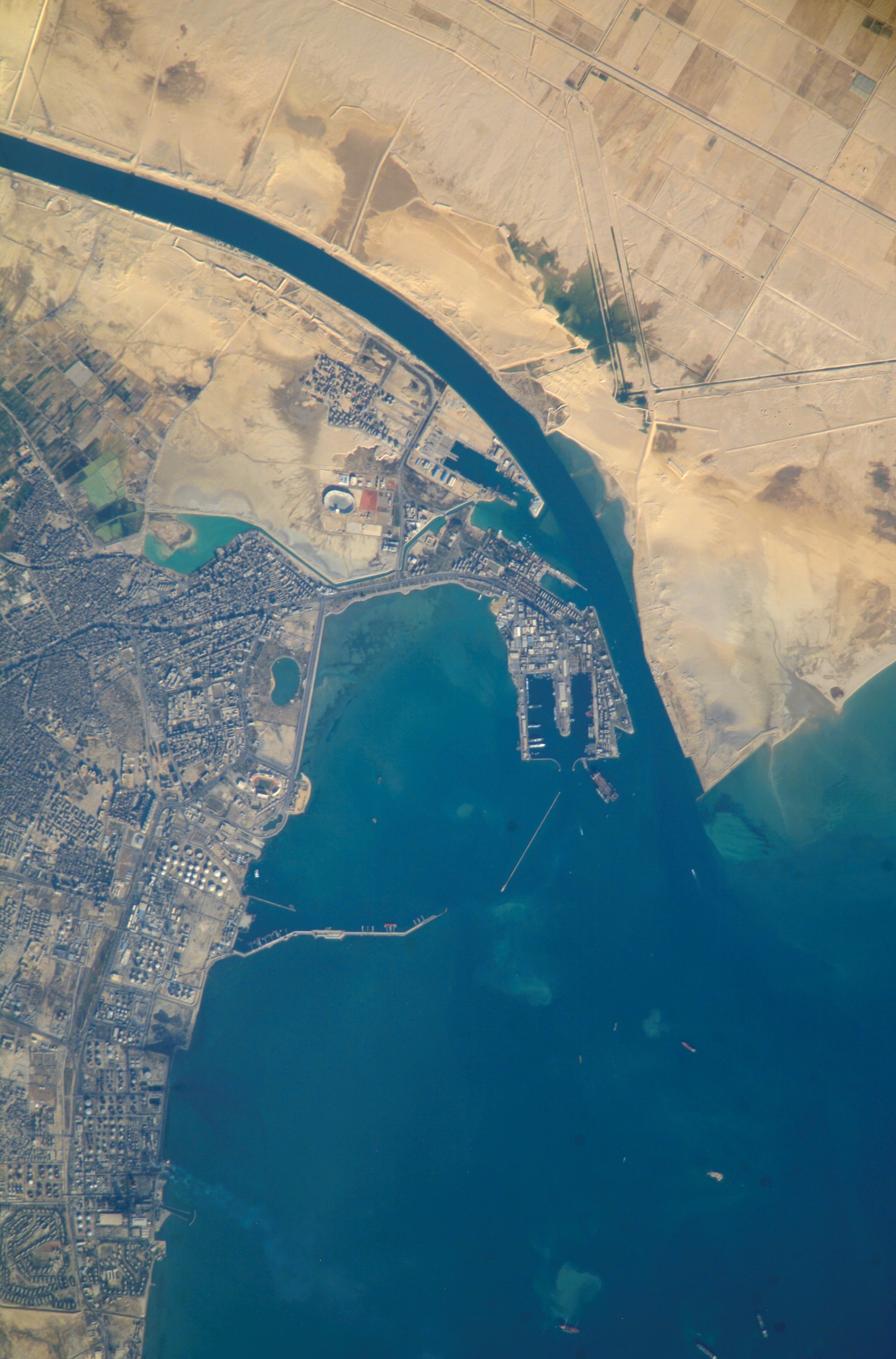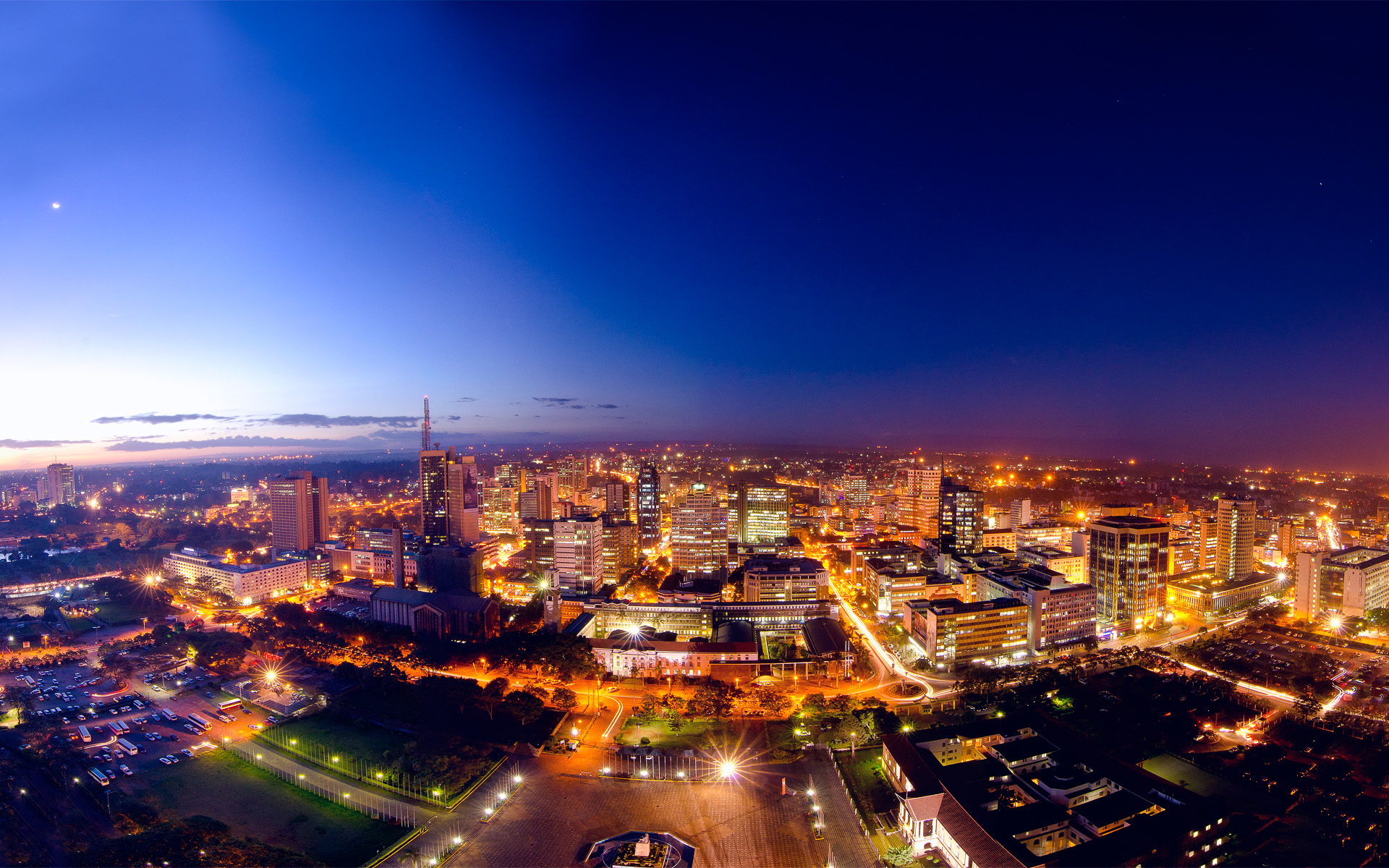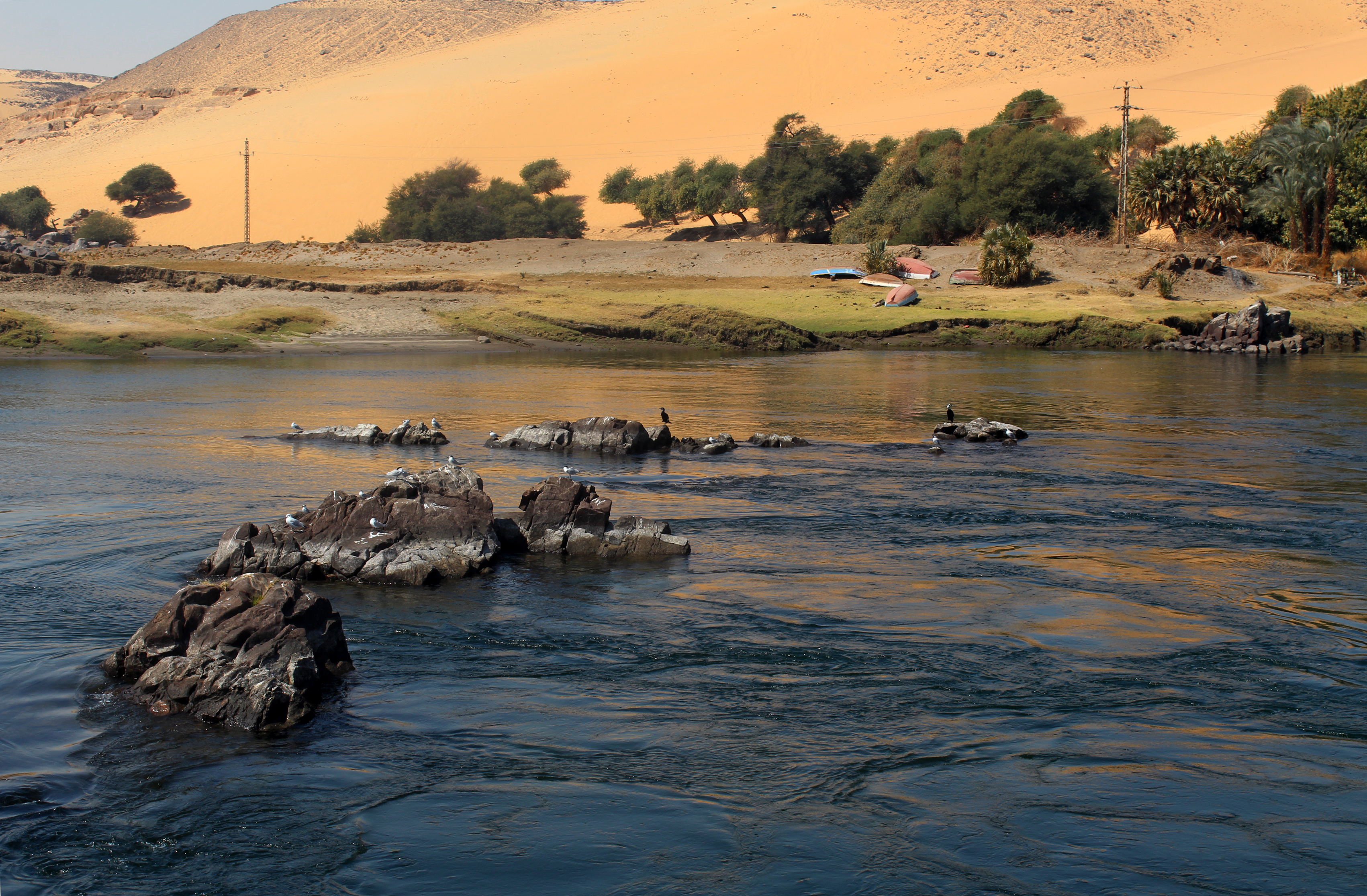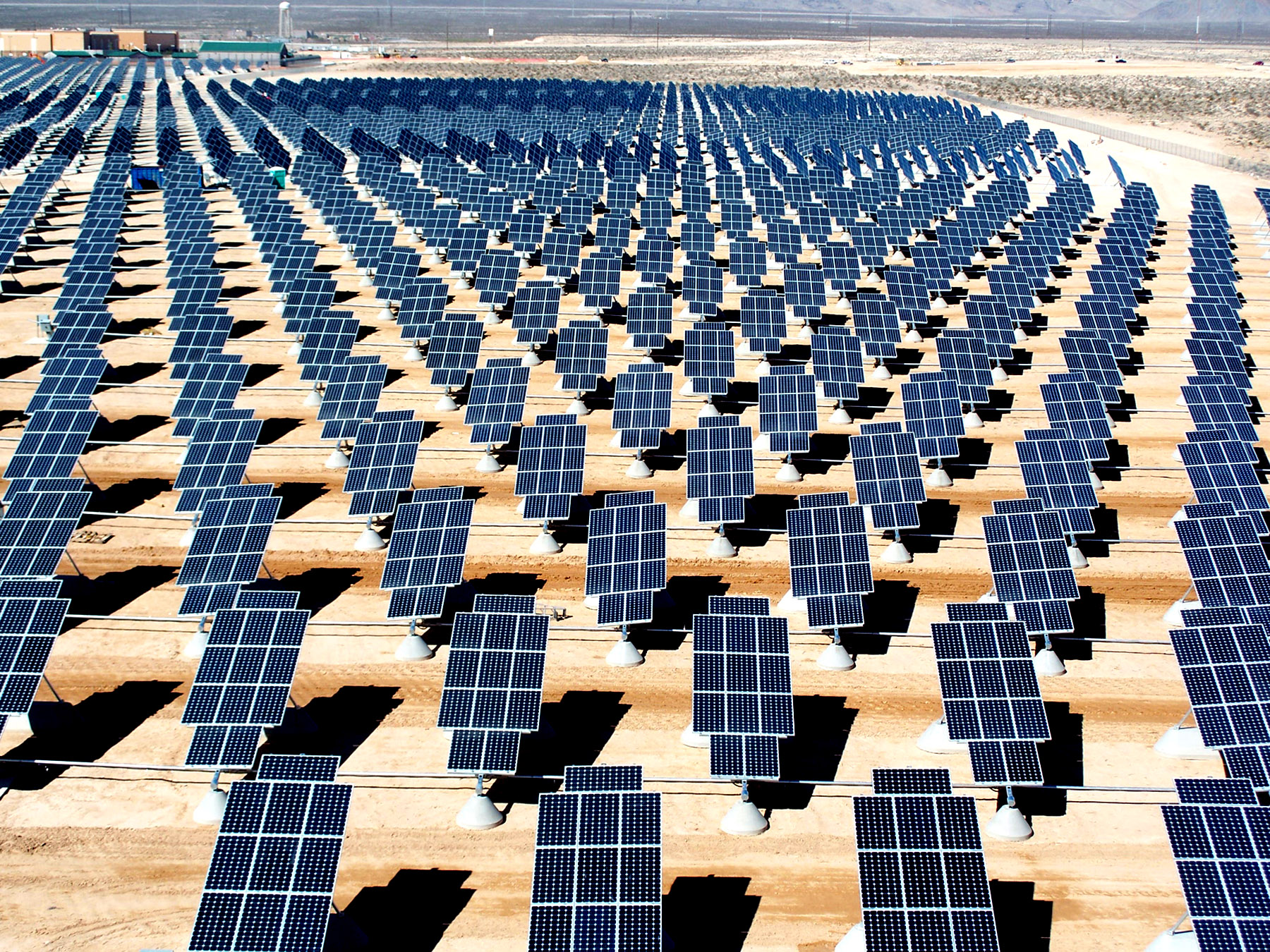
Russian troops invading Ukraine recently attempted to seize Chernobyl, a nuclear facility built when Ukraine was part of the Soviet Union. Chernobyl was the site of one of the world’s most devastating nuclear disasters in 1986, years before Ukraine gained independence on 24 August 1991. After the accident, the plant was shuttered, but radioactivity remains, blanketed by a concrete and steel barrier reinforced by a 35,000 ton confinement system added in 2016. Further protection was established when with the Chernobyl Exclusion Zone, 1000 square miles wide, with its inner core of the most dangerous area termed the Red Forest.

In February 2022, when Russian troops entered the zone, crossfire hit a laboratory building, causing a fire that was quelled, but not without concern of potential radioactive energy released. Additionally, Russian troops dug trenches to lay landmines, likely disturbing radioactive land and then spreading contamination as tanks rolled through. Ukraine fought off the Russian troops who left the Chernobyl area in March 2022. Ukraine retook the plant on 3 April 2022. But worries about radioactive contamination remain.

Chernobyl’s nuclear disaster occurred during a 1986 routine power check. Operators turned off the automatic safety systems to evaluate a steam turbine when the plant’s power suddenly plummeted. The automatic system could not function to restore power, but the operators were not too worried because power was supposed to decline. Then, suddenly, the reactor entered into a chain reaction that melted the core, triggered two more explosions and blew a 1,000 ton roof off the building. Radioactive contamination spewed into the air for the next nine days. The International Nuclear and Radiological Event Scale (INES) rated Chernobyl a 7, the most dangerous level. In 2011, Fukushima Daiichi would reach a similar rating.
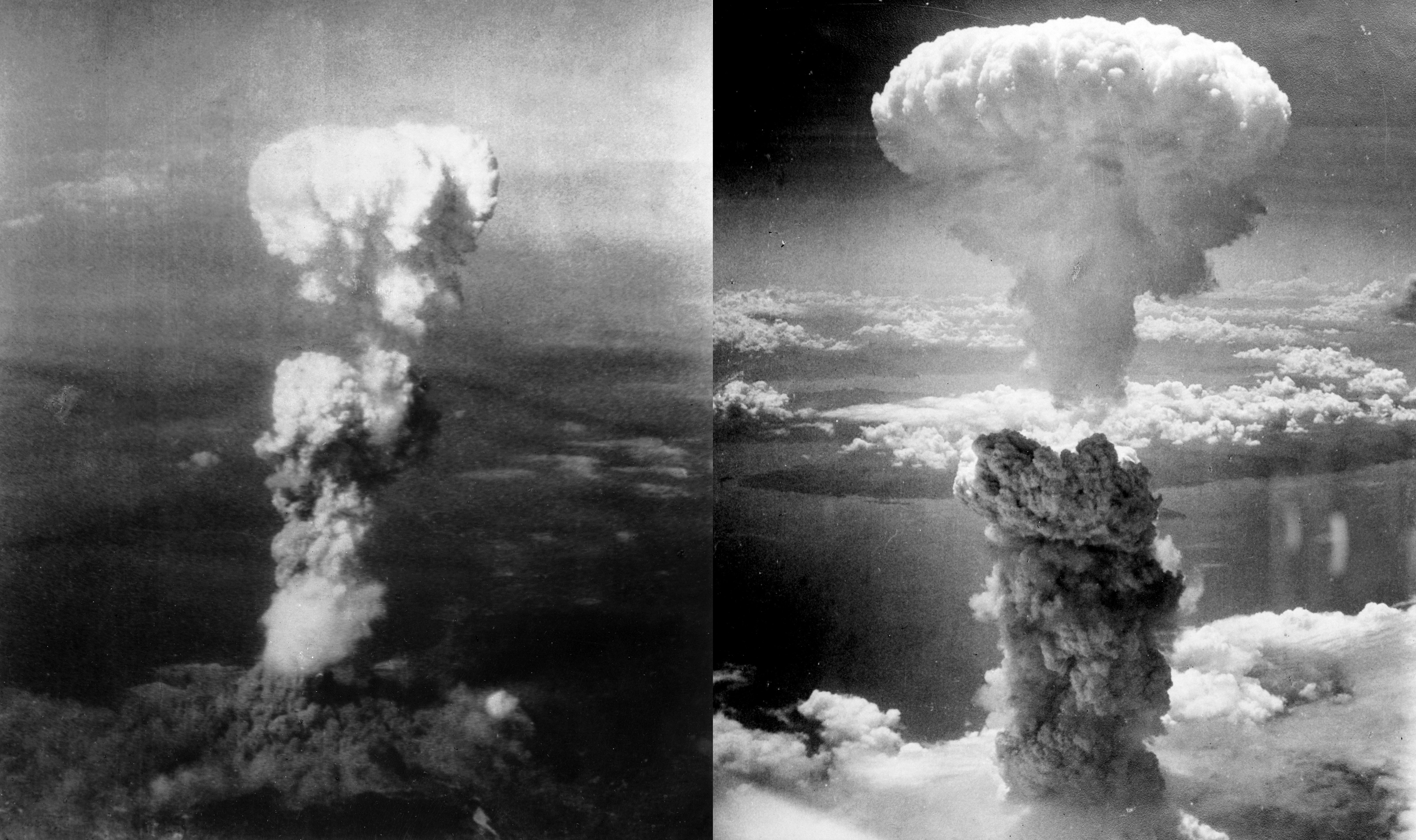
Atomic energy, developed during the Manhattan Project, came into the world with an initially deadly effect: bombs dropped during World War II destroyed lives and cities, leaving behind radioactivity lingering for generations. After the war, the Atomic Energy Act of 1946 established principles for the development of this new form of power. Recently, while accidents like Chernobyl and 2011’s Fukushima confirmed fears of the danger of nuclear power generation, some energy experts noted that because nuclear energy is carbon-free (except during construction or decommissioning of reactors and plants), and because nuclear power is available over 90% of the time, it may be a necessary support to intermittent renewables like solar or wind. Fission energy, such as that developed by the Manhattan Project, leaves considerable radioactive waste: disposal and storage remain a contentious problem. Another form of nuclear power, fusion energy created when two atomic nuclei are combined into one larger nucleus, is now under active development: ITER in France and England’s Joint European Torus (JET) are reaching rapid advancements. Fusion energy promises many advantages, among them the impossibility of an unintended chain reaction such as destroyed Chernobyl. ITER is scheduled to begin operation in 2027. It might be noted that nuclear fusion is the same energy process as the sun.

If nuclear fusion enters the energy mix, what will happen to decommissioned fission plants? Chernobyl may offer one response. In 2017, a Ukrainian-German joint venture announced construction of a new facility on the Chernobyl Exclusion Zone that will host a different kind of power: Solar Chernobyl.

Hallam, Jonny. “Video shows Russian forces dug trenches in highly radioactive off-limits area near Chernobyl.” 7 April 2022. CNN. https://www.cnn.com/europe/live-news/ukraine-russia-putin-news-04-07-22/index.html
International Atomic Energy Agency (IAEA). “Fusion: Frequently asked questions.” https://www.iaea.org/topics/energy/fusion/faqs
McFadden Brendan. “Chernobyl: Russia troops disturbed radioactive soil by digging trenches and laying landmines, Ukraine claims.” 3 March 2022. Inews. https://inews.co.uk/news/chernobyl-russia-troops-disturbed-radioactive-soil-by-digging-trenches-and-laying-landmines-ukraine-claims-1554854
Rhodes, Richard. Energy: A Human History. New York: Simon & Schuster 2018. ISBN: 9781501105357
Solar Chernobyl. https://solarchernobyl.com
The Conversation. “Nuclear fusion hit a milestone thanks to better reactor walls – this engineering advance is building towards reactors of the future.” 4 April 2022. The Conversation. https://theconversation.com/nuclear-fusiion-hit-a-milestone-thanks-to-better-reactor-walls-this-engineering-advance-is-building-toward-reactors-of-the-future-178870
United States Congress. “Atomic Energy Act of 1946,” https://www.atomicarchive.com/resources/documents/deterrence/atomic-energy-act.html
World Nuclear Association. “Chernobyl Accident 1986,” updated April 2022. https://world-nuclear.org/information-library/safety-and-security/safety-of-plants/chernobyl-accident.aspx
Yergin, Daniel. The Quest: Energy, Security, and the Remaking of the Modern World. New York: Penguin 2011. ISBN: 9781594202834
Appreciation to Shira P. White for research on Ukraine, and to Jean-Louis Bobin and Lucien Deschamps for research on nuclear fusion energy.
Building the World Blog by Kathleen Lusk Brooke and Zoe G. Quinn is licensed under a Creative Commons Attribution-NonCommercial-NoDerivs 3.0 Un








